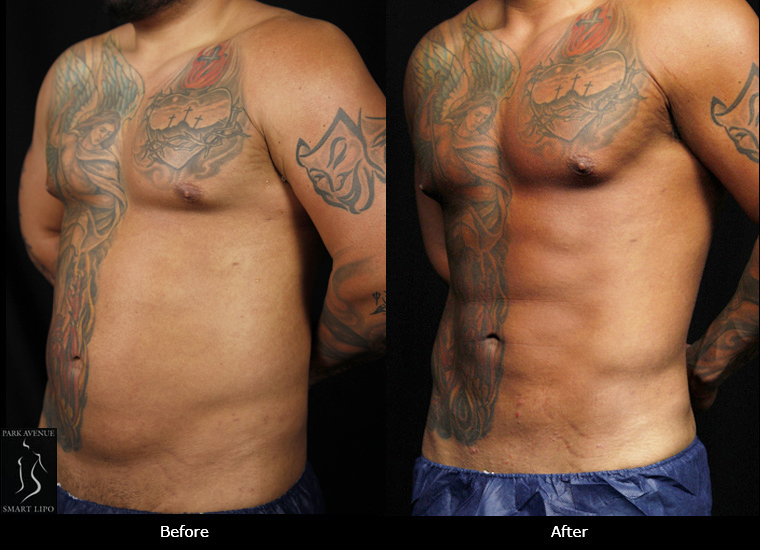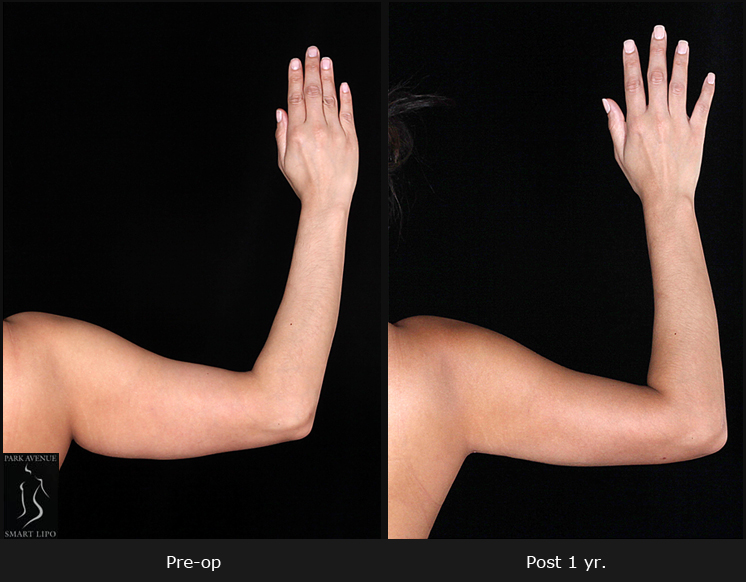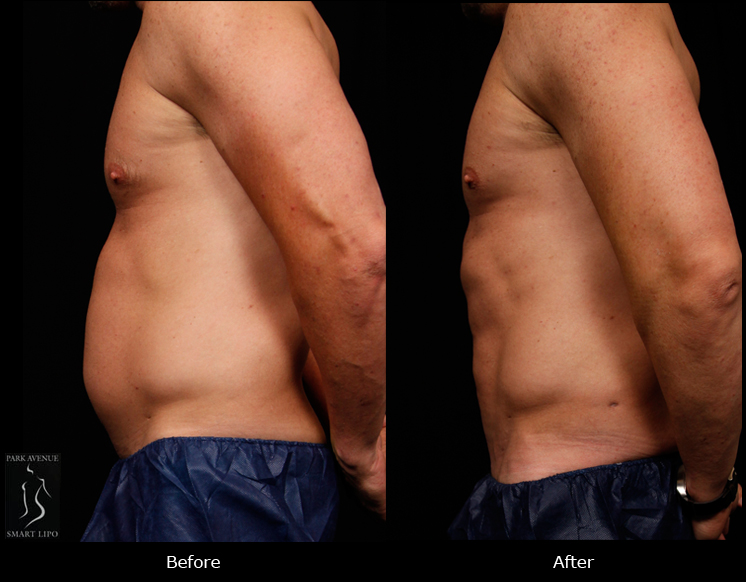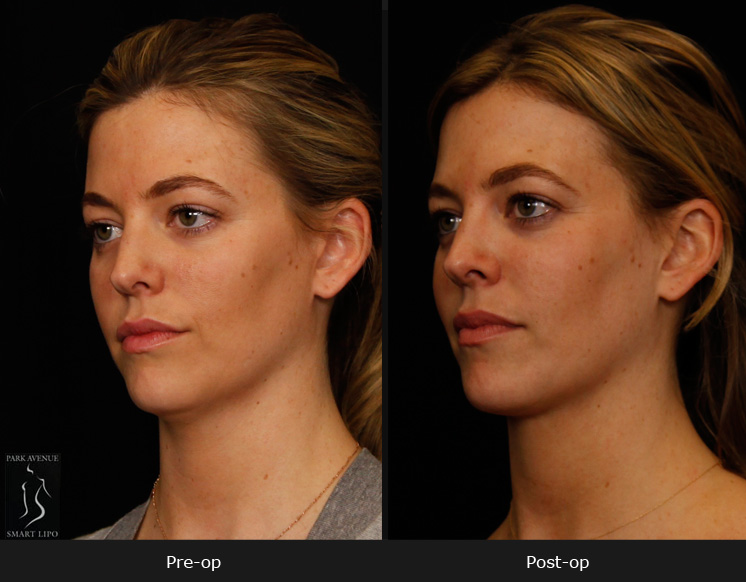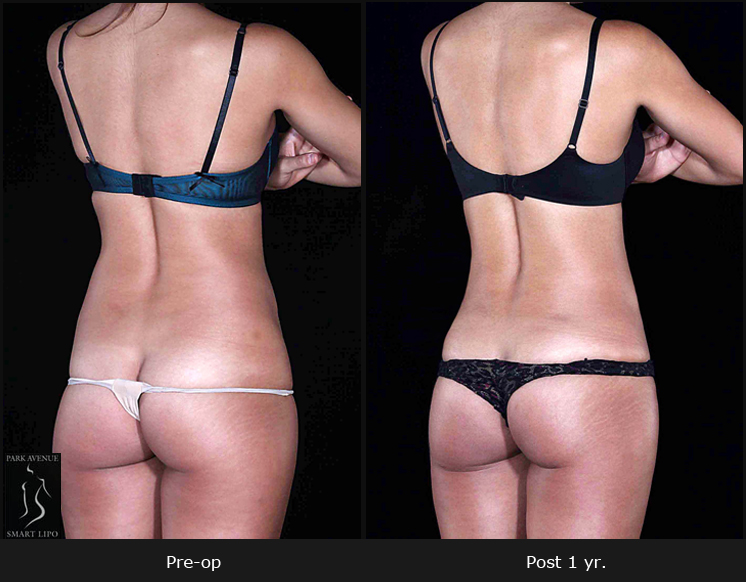Fat grafting is proving a very useful technique in aesthetic surgery. A recent study published in Plastic and Reconstructive Surgery® revealed that in recent years, a large majority of US plastic surgeons used fat grafting techniques when they performed facelift surgery.
Fat grafting involves removing fat via liposuction from strategic areas such as the abdomen or thighs to reshape or enhance other areas. While this is a popular technique for breast and buttock augmentation, the study published by the American Society of Plastic Surgeons reveals that fat transfer is being widely used by cosmetic surgeons in the US to improve the results of facelift surgery.
The New York University researchers surveyed a random sample of ASPS members to know how often they use fat transfer for facelift procedures. They also collected information on the fat collection, processing, and transfer steps. Responses received from 309 ASPS Member Surgeons revealed that:
- 85 percent used fat grafting when performing facelift procedures.
- More than 70 percent said they had started using autologous fat grafts for the face within the past ten years.
- Fat was mostly taken from the abdominal area and injected in small amounts.
- The total amount of fat they injected was normally between 11 and 25 cc, that is, no more than a few teaspoons.
- The main treatment site was the cheek, with fat injections used to address age-related deflation and provide a fuller, more rounded appearance.
- Other common sites for fat grafting were the nasolabial folds between the nose and corners of the mouth and area below the lower eyelids.
- Despite some fat getting reabsorbed, the surgeons noted that most of the fat was retained up to one year after face lifting. Follow-up procedures were performed after four to six months if necessary to refine the results.
- Patient and surgeon satisfaction rates with the results of fat grafting were good.
Face lifts involve repositioning of existing facial fat to enhance appearance. According to the researchers, fat grafting is especially useful when it comes to providing additional volume when the desired facial shape and “volumetric highlights” cannot be achieved by such repositioning.
The rapid adoption of fat grafting in facelift surgery shows that the surgeons believe that facial fat repositioning and fat grafting are complementary techniques that can enhance facial shape.

